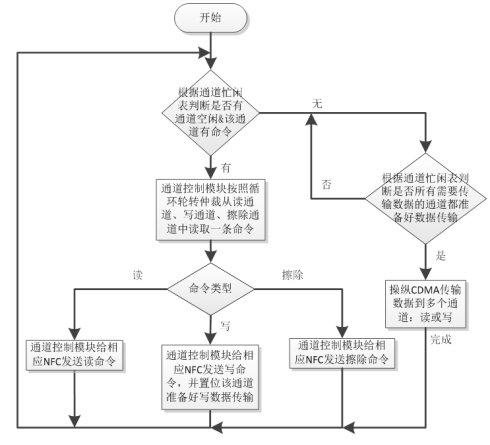Today, more and more interactive applications, such as augmented/virtual reality, haptic Internet, and Industrial Internet of Things, require communication services with guaranteed end-to-end latency limits, which are difficult to provide over shared communication networks, particularly in the presence of wireless links. Robustness against disturbances affecting individual links can be obtained by coding the information flow in multiple streams to be forwarded across parallel transmission links. This approach, however, requires coding and scheduling algorithms that can adapt to the state of links to take full advantage of path diversity and avoid self-induced congestion on some links. To gain some fundamental insights on this challenging problem, in this paper we resort to Markov Decision Process (MDP) theory and abstract the parallel paths as independent queuing systems, whose arrival processes are managed by a common controller that determines the amount of redundancy to be applied to the source messages and the number of (coded) packets to be sent to each queue. The objective is to find the joint coding and scheduling policy that maximizes a certain utility function, e.g., the fraction of source blocks delivered to the destination within a predetermined deadline, despite the variability of the individual connections. We find the optimal redundancy and scheduling strategies by using policy iteration methods. We then analyze the optimal policy in a series of scenarios, highlighting its most important aspects and analyzing ways to improve existing heuristics from the literature.
翻译:今天,越来越多的互动应用程序,如增强/虚拟现实、机能互联网和工业性物联网等,都需要有保证端到端的延迟度限制的通信服务,而这种服务很难在共享的通信网络上提供,特别是无线连接的情况下。 可以通过在平行传输链路之间传递的多流信息流编码,获得对影响个人链接的干扰的有力应对。然而,这一方法需要能够适应链接状态的编码和安排算法,以充分利用路径多样性,避免某些链接的自发性拥堵。要对这一具有挑战性的问题获得一些基本见解,我们在本文件中采用Markov 决策过程(MDP) 理论和抽象的平行路径,作为独立的排队排队系统,其到达过程由共同控制者管理,该控制者将决定对源信息应用的冗余程度以及发送到排队列的(编码)包数量。 目的是找到联合编码和排队政策,以最大限度地发挥某种公用事业功能,例如,在预定的最后期限内向目的地交付的源块的分数,我们要采用预定的理论和抽象的分数,以最精确的方式突出的顺序分析策略。




